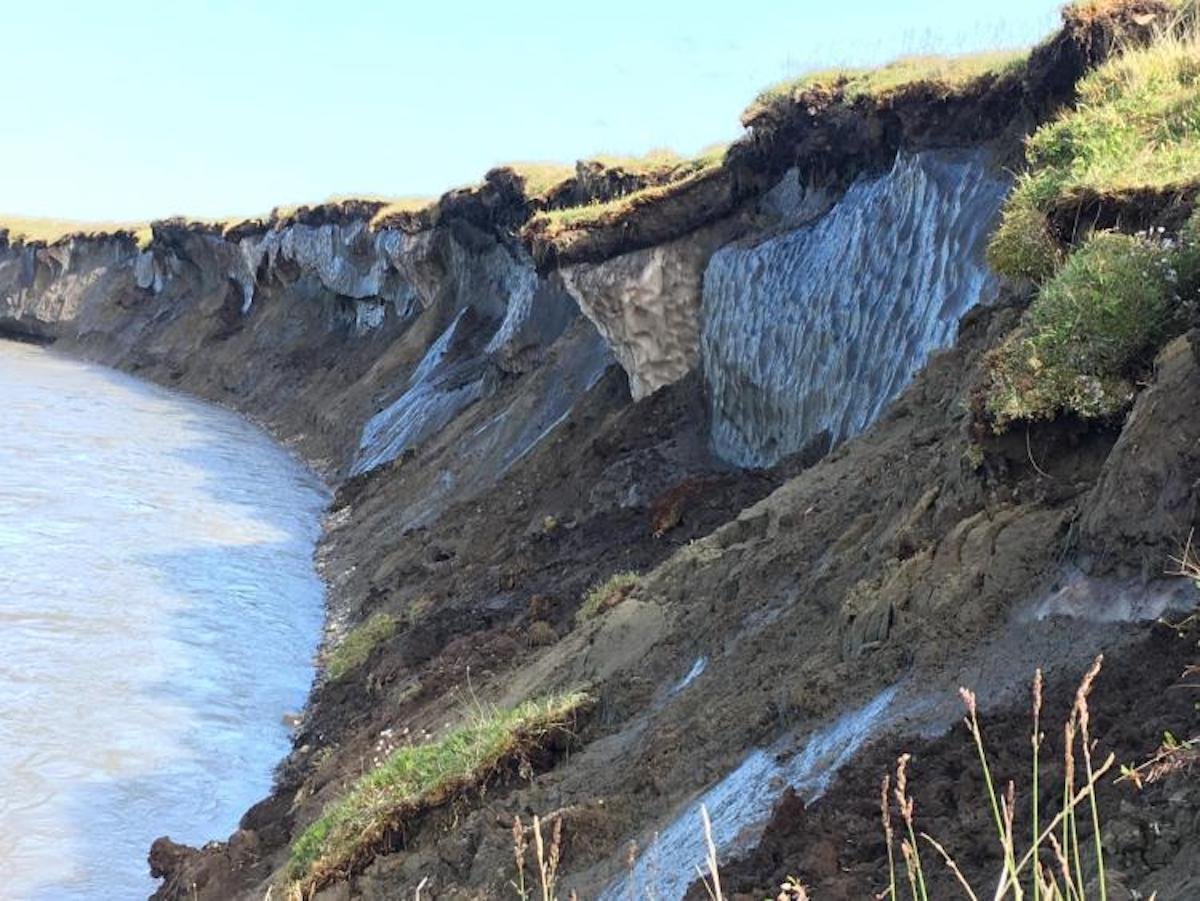Rising Alaskan Rivers Put Indigenous Communities at Risk

Higher air temperatures have caused an increase in streamflow in Alaskan rivers, according to new research by the University of Colorado-Boulder. And that increase is making it more difficult and dangerous for indigenous communities that have traditionally used the rivers for transportation.
“The shrinking of the fall and spring seasons affects how long river ice persists and is safe to travel over,” said Keith Musselman, an assistant professor at the Institute of Arctic and Alpine Research (INSTAAR) at CU Boulder and co-author of the study. “Indigenous communities have suffered an increasing number of fatalities over the last few decades.”
For the study, researchers analyzed 60 years’ worth of monthly data from river gages in nine Alaskan rivers and found that air temperatures have had the biggest impact on streamflow, which the U.S. Geological Survey defines as the amount of water flowing in a river.
According to the study, the actual amount of water in the rivers has not changed, but rather, the amount of ice has. In the past, there has been a stark difference in streamflow in the summer and winter months. There’s more water in the summer and more ice in the winter. But due to air temperature changes, the transition from ice to water is more gradual in the spring and fall seasons.
In a statement, the researchers explained that the scientific work quantifies observations and experiences of the local indigenous communities who have faced both cultural and financial losses from the less dependable winter river ice as well as increased danger. “Indigenous communities already know what’s happening to the rivers,” Musselman said a
Source: https://outdoors.com/rising-alaskan-rivers-put-indigenous-communities-at-risk/







